Ford’s rich history in the muscle car era is peppered with engines that redefined performance and power. From the early days of the Flathead V8 to the robust 460 V8, each engine has left a mark on automotive enthusiasts and collectors alike. Let’s take a journey through some of the most legendary engines that powered Ford’s muscle cars during their glory days.
Ford Flathead V8
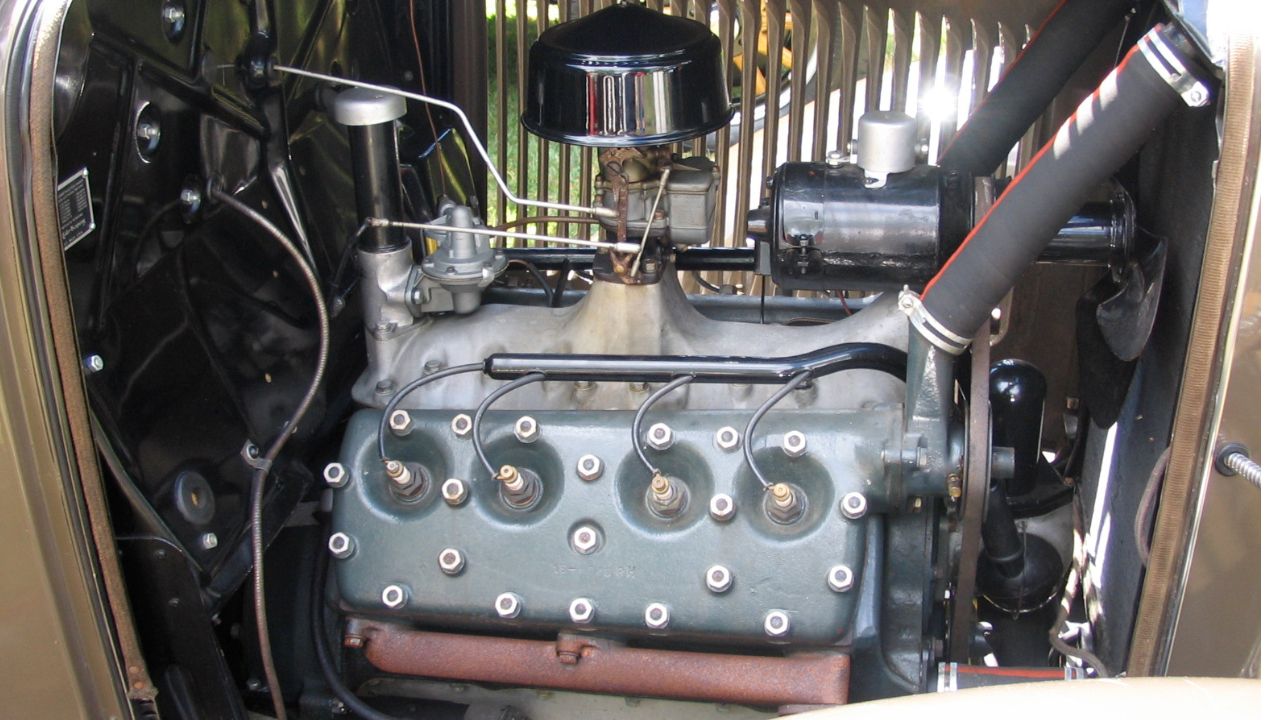
The Ford Flathead V8, introduced in 1932, is often credited with starting the American V8 revolution. Although it predates the muscle car era, its influence is undeniable. This engine was known for its simple design and ease of modification, making it a favorite among hot-rodders. It powered a wide range of vehicles, including the 1932 Ford Model 18, and set the stage for the high-performance engines that followed.
427 FE Side-Oiler

The 427 FE Side-Oiler was a powerhouse engine developed for racing in the 1960s. It earned its name from a unique oiling system that improved lubrication under high-performance conditions. This engine powered the legendary Ford GT40, which famously won the 24 Hours of Le Mans four consecutive times from 1966 to 1969. The 427 FE also found a home in the Shelby Cobra and the Ford Galaxie, cementing its legacy as a performance icon.
Boss 429

The Boss 429 is a beast of an engine that was created to compete in NASCAR. Introduced in 1969, it featured a massive hemi-head design that allowed for excellent airflow and high RPM capabilities. Despite its racing origins, the Boss 429 found its way into street cars like the Ford Mustang, offering unparalleled power and performance. With only a few thousand units ever produced, it remains a highly sought-after collector’s item.
428 Cobra Jet

Launched in 1968, the 428 Cobra Jet was designed to dominate the drag strip. It combined high torque with surprising affordability, making it a popular choice for muscle car enthusiasts. This engine was featured in the 1968 Shelby GT500KR and various Ford Mustangs, earning a reputation for winning races straight from the showroom floor. The 428 Cobra Jet was a key player in Ford’s muscle car success during the late 1960s.
351 Cleveland

Introduced in 1970, the 351 Cleveland engine was designed to fill the gap between the small-block and big-block engines. It featured larger ports and valves, which improved airflow and performance. Known for its versatility, the 351 Cleveland powered a variety of vehicles, including the Ford Mustang and the Ford Torino. Its blend of power and efficiency made it a favorite among muscle car fans looking for a reliable yet potent engine.
289 HiPo V8

The 289 HiPo V8, or “High Performance,” was introduced in 1963 and quickly became a staple in Ford’s performance lineup. This engine featured solid lifters, a high-performance camshaft, and a higher compression ratio. It was most famously used in the 1965-1967 Ford Mustang GT, providing a perfect blend of speed and agility. The 289 HiPo V8 helped establish the Mustang as a formidable force in the muscle car wars of the 1960s.
302 Boss V8

The 302 Boss V8 was developed in 1969 to homologate the Mustang for Trans-Am racing. It featured a unique design with large port cylinder heads and a high-revving camshaft, delivering impressive power and speed. This engine powered the Mustang Boss 302, a car that became synonymous with performance and racing success. The 302 Boss V8 remains one of the most celebrated small-block engines in Ford’s history.
390 FE V8

The 390 FE V8 was a versatile engine that found its way into a wide range of Ford vehicles during the 1960s. Known for its durability and power, it was used in models like the 1967 Ford Mustang GT and the Ford Thunderbird. The 390 FE V8 combined robust performance with reliability, making it a popular choice for both street and strip applications. Its adaptability and power ensure its place in the pantheon of legendary Ford engines.
5.0L HO V8

The 5.0L HO V8, or “High Output,” emerged in the 1980s as a modern performance engine that paid homage to Ford’s muscle car roots. It became the heart of the popular Mustang GT, delivering impressive power and a distinctive exhaust note. This engine laid the groundwork for Ford’s modern muscle car revival, bridging the gap between classic performance and contemporary engineering. The 5.0L HO V8 remains a beloved choice among Mustang enthusiasts.
460 V8

The 460 V8 was a big-block engine that offered immense power and torque. Introduced in the late 1960s, it quickly became a staple in Ford’s lineup of full-size cars and trucks. Known for its smooth power delivery, the 460 V8 was used in models like the Lincoln Continental and the Ford LTD. Its sheer size and strength made it a favorite for towing and performance applications, securing its legacy as one of Ford’s most formidable engines.
Like Fast Lane Only’s content? Be sure to follow us.
Here’s more from us:
*Created with AI assistance and editor review.


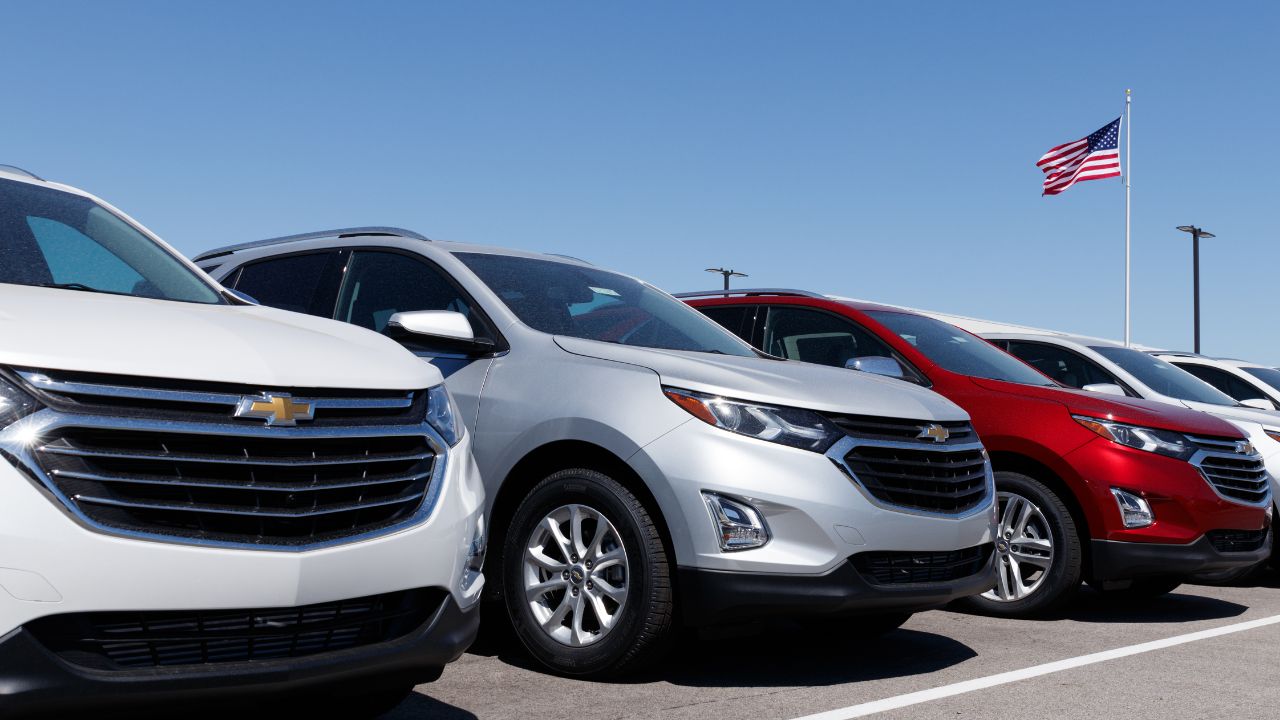
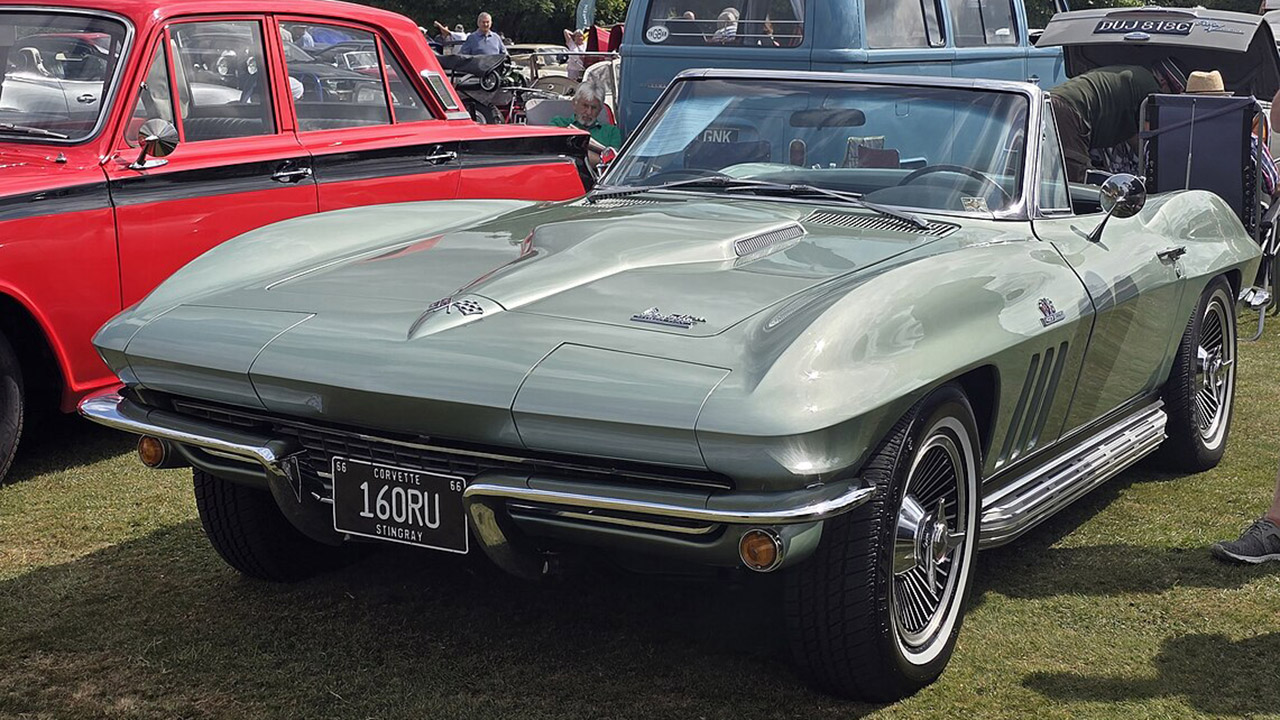

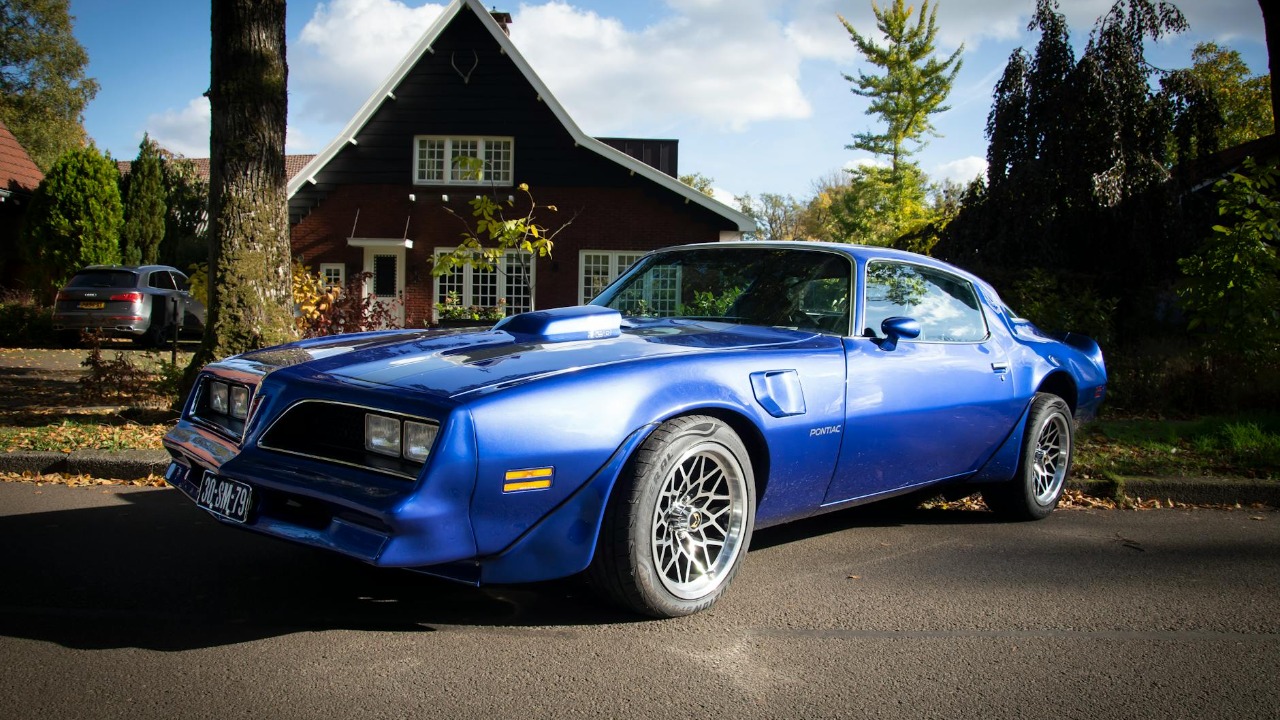
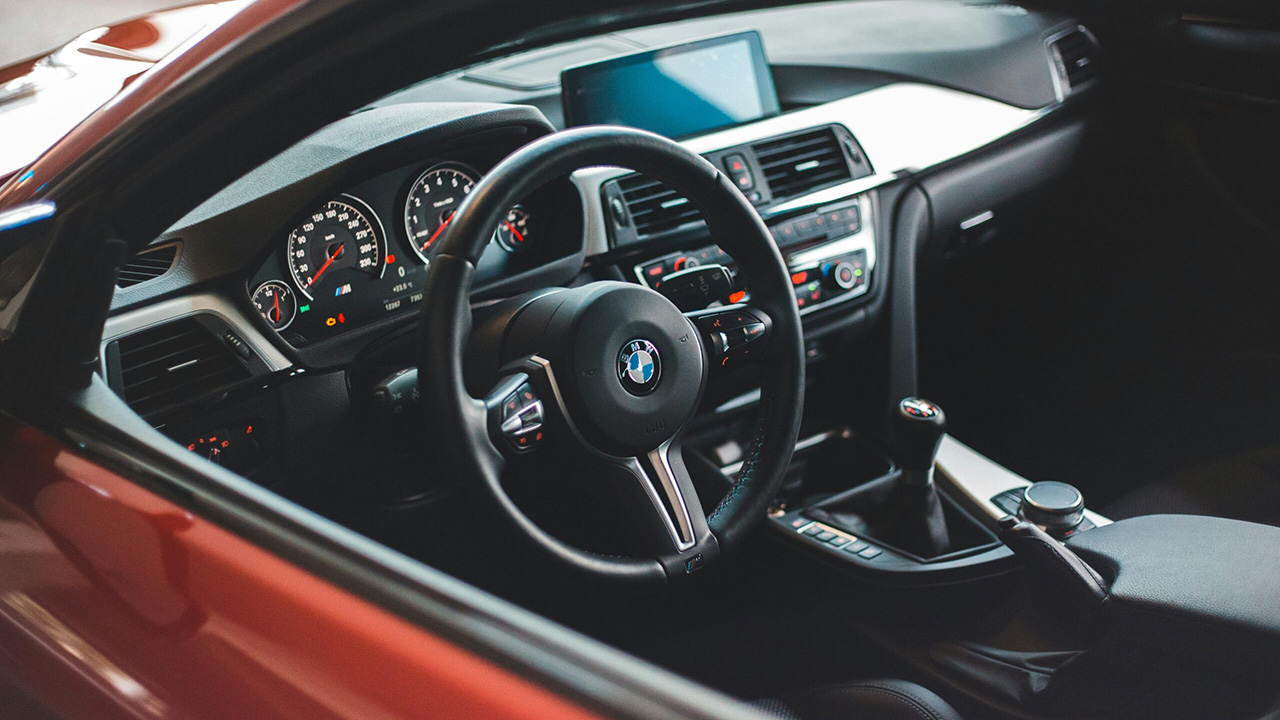
Leave a Reply